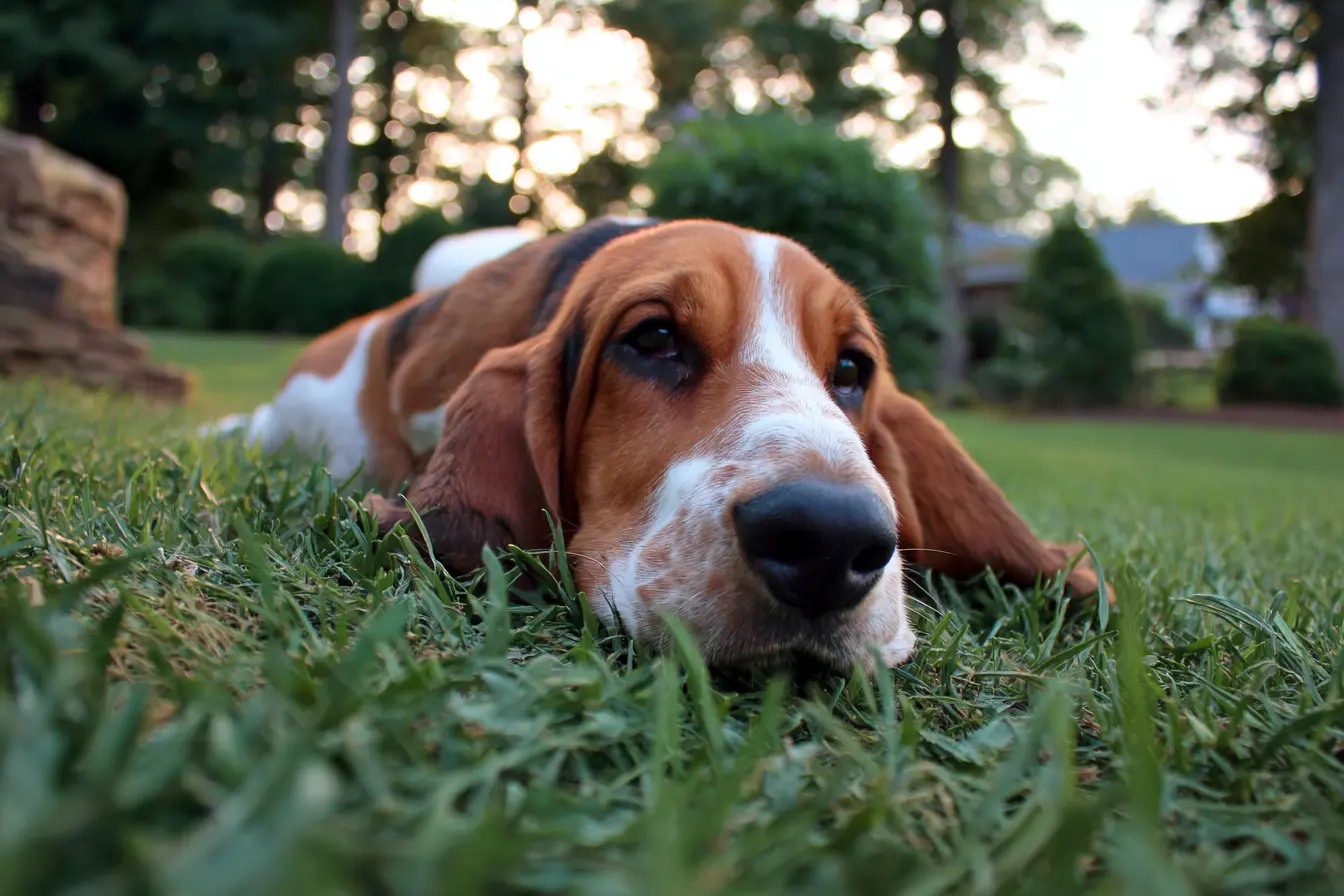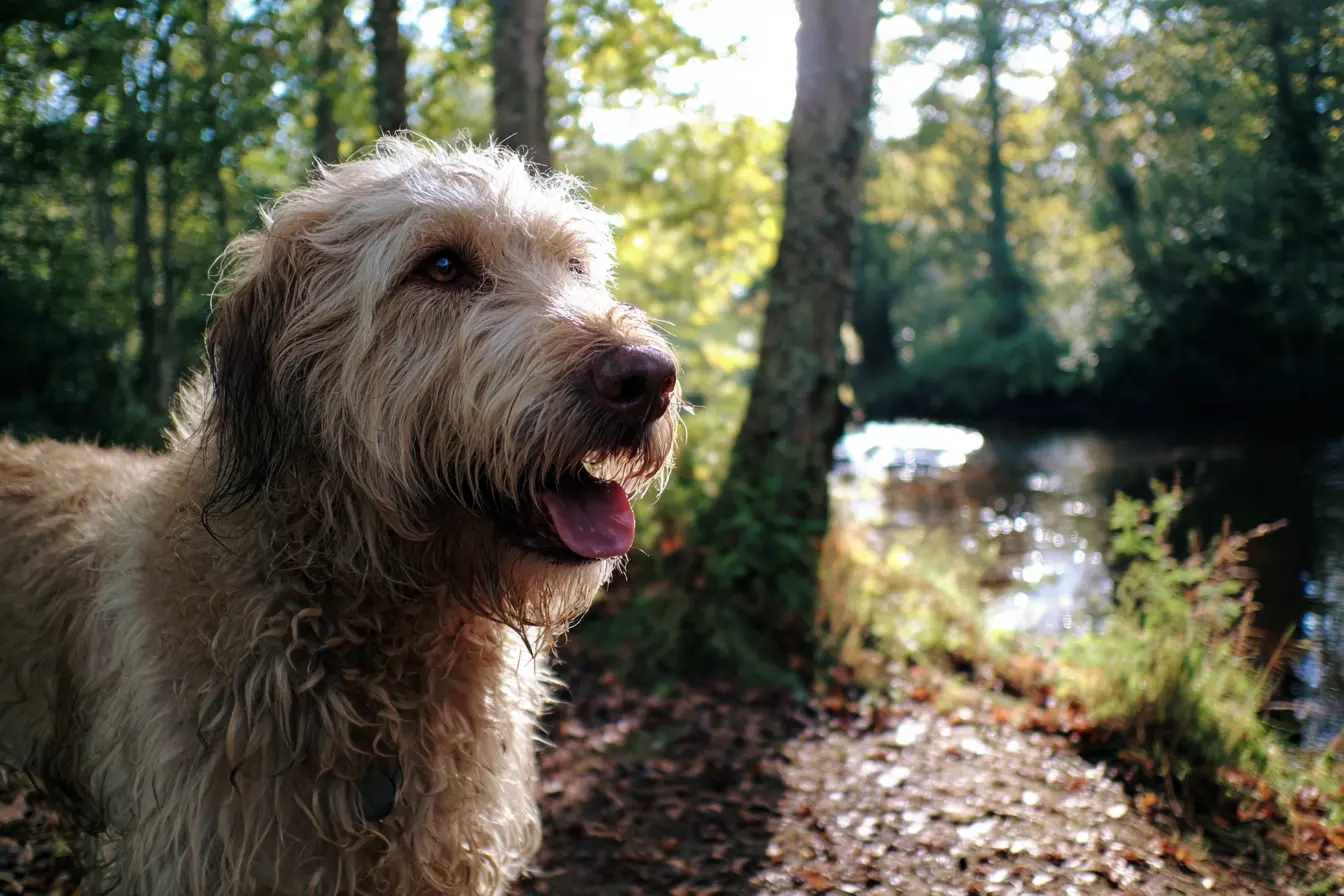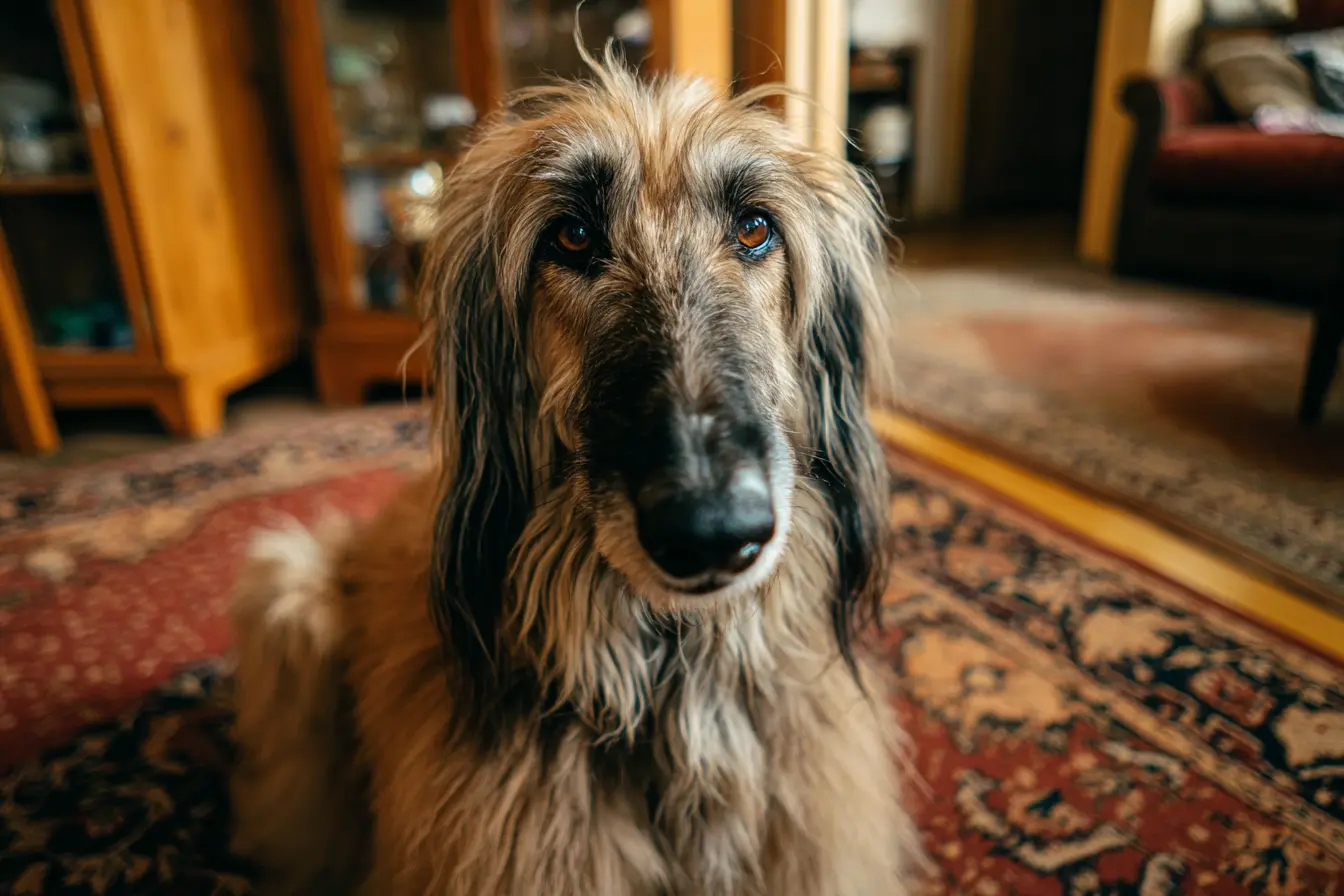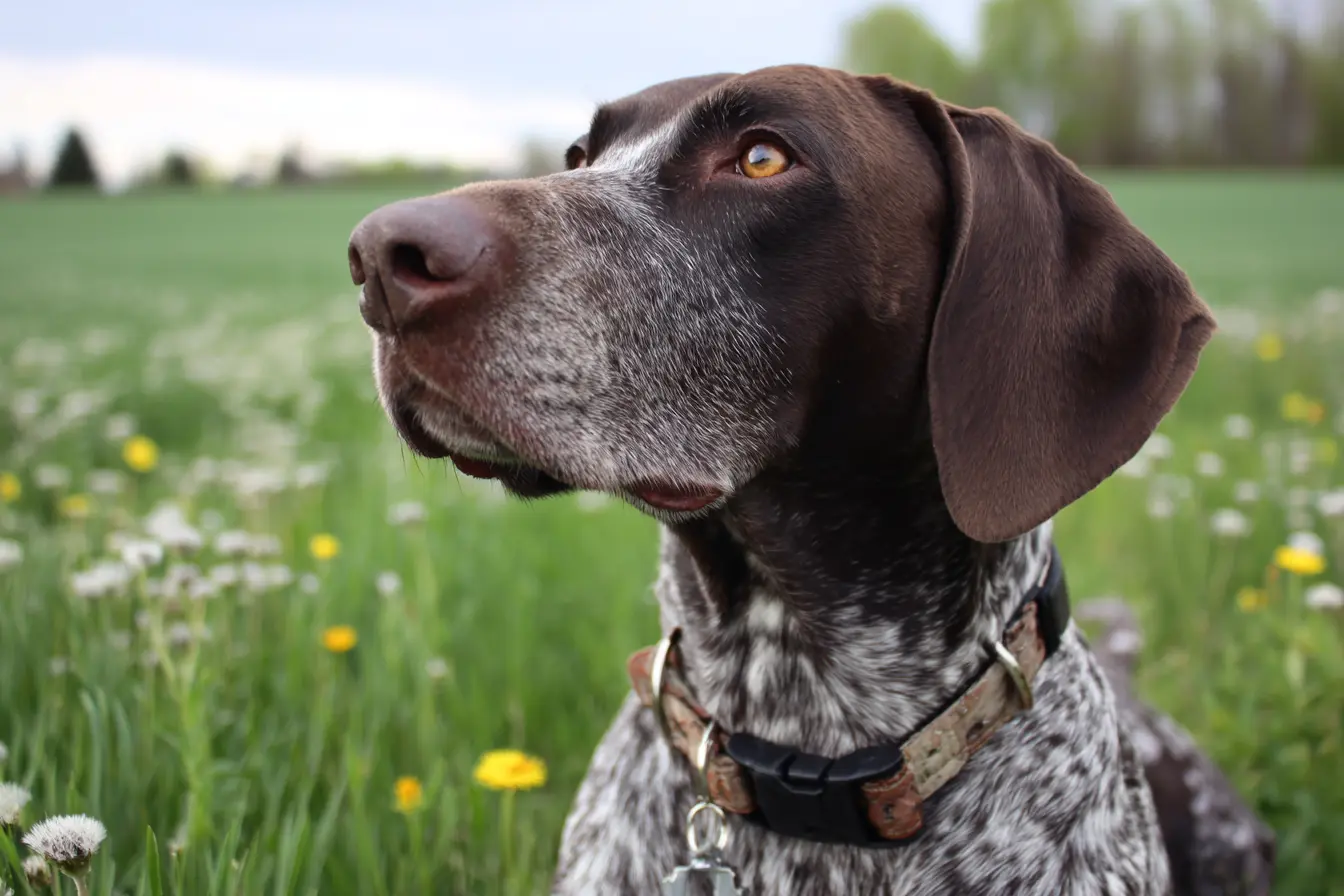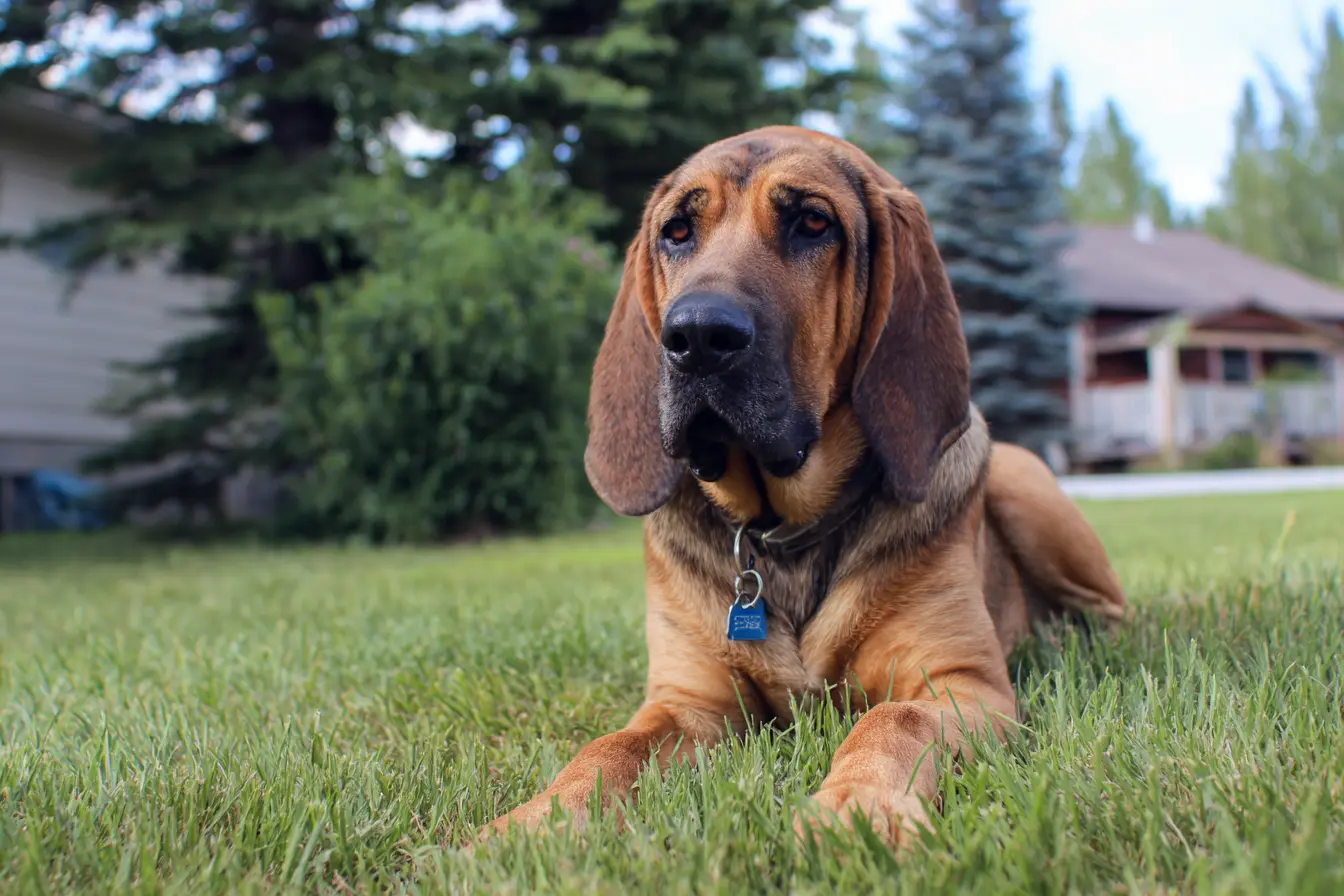
The Bloodhound: A Legendary Scent Tracker with a Gentle Soul
The Bloodhound, known for its extraordinary scenting abilities and distinctive, droopy appearance, is one of the most revered breeds in the canine world. Originating in medieval Europe, and refined in France and Britain, the Bloodhound has earned a reputation as the ultimate scent tracker, capable of following trails that are days old. Behind their solemn expression lies a gentle, affectionate nature, making them loyal companions as well as working dogs. If you are considering welcoming a Bloodhound into your life, understanding their unique qualities, needs, and challenges is essential. This guide will provide a comprehensive overview of this remarkable breed.
Breed Overview
The Bloodhound belongs to the Hound Group and is classified as a scent hound — a dog that hunts using its powerful sense of smell rather than sight. Known for their unrivalled tracking abilities, Bloodhounds are used worldwide by police forces and search and rescue teams.
Physical Characteristics
- Size: Bloodhounds are large, powerful dogs. Males typically stand 25-27 inches tall at the shoulder and weigh 41-50 kg, while females are slightly smaller at 23-25 inches and 36-45 kg.
- Coat and Colour: They have a short, dense coat that is weather-resistant. Common colours include black and tan, liver and tan, and red.
- Lifespan: The average lifespan of a Bloodhound is around 7-10 years.
Personality and Temperament
Bloodhounds are renowned for their kind, patient, and affectionate nature. They are gentle giants who bond deeply with their families and are particularly good with children, although their size and enthusiasm mean supervision is important around very young kids.
Despite their gentle disposition, Bloodhounds are extremely determined and independent when on a scent trail. This tenacity can sometimes make them challenging to train — once they catch an interesting scent, they may become completely absorbed and ignore commands.
Bloodhounds are also known for their melodious baying voice, which they use to signal excitement or alertness. While endearing, prospective owners should be prepared for a dog that is vocal, especially when stimulated.
Exercise and Training
Bloodhounds require regular exercise to stay fit and healthy, but their exercise needs are moderate compared to more energetic breeds. Long, steady walks and opportunities to explore scents are ideal. They benefit greatly from mental stimulation, particularly activities that engage their tracking instincts, such as scent work and trailing games.
Training a Bloodhound requires patience, consistency, and positive reinforcement. Harsh training methods are ineffective and can damage the bond of trust. Bloodhounds are intelligent, but their independent nature means they may not always be immediately responsive.
Early socialisation is vital to ensure they grow into well-mannered adults. Training a reliable recall can be particularly challenging, so Bloodhounds are best exercised in secure areas or on long leads.
Health and Care
Bloodhounds are generally robust, but they are prone to certain health issues, including:
- Hip and Elbow Dysplasia: Common in larger breeds, leading to joint problems.
- Gastric Dilatation-Volvulus (Bloat): A life-threatening condition that requires immediate veterinary intervention.
- Ear Infections: Due to their large, drooping ears, Bloodhounds are susceptible to ear problems and require regular cleaning.
- Skin Fold Dermatitis: Moisture and bacteria can accumulate in the skin folds around their face.
Regular veterinary check-ups, a balanced diet, and maintaining a healthy weight are important for their overall wellbeing. Their coat is low-maintenance, requiring only occasional brushing to remove dead hair. However, their ears and skin folds need frequent attention to prevent infections.
Living with a Bloodhound
Bloodhounds are affectionate and thrive on human companionship. They are happiest when included in family activities and can become distressed if left alone for long periods. A home with a secure garden is ideal, as Bloodhounds will follow their noses wherever scents lead them.
Due to their tracking instincts, Bloodhounds are not suited to off-lead exercise in unsecured areas. They are generally good with other dogs and, with proper socialisation, can live harmoniously with other pets.
Prospective owners should be prepared for drool — and lots of it! Their loose lips mean drooling is a part of daily life with a Bloodhound, particularly after eating or drinking.
Is the Bloodhound Right for You?
If you are seeking a gentle, affectionate companion with a unique set of talents, the Bloodhound could be an excellent choice. They are best suited to owners who have the time and patience for consistent training, the ability to meet their exercise needs, and the willingness to embrace their quirks — including their love of scent, drool, and melodious baying.
However, if you prefer a low-maintenance, highly obedient breed, or if you are looking for a dog that can be easily exercised off-lead, a Bloodhound may not be the ideal match.
Conclusion
The Bloodhound is a breed of remarkable ability, endearing personality, and striking appearance. With the right care, understanding, and environment, a Bloodhound will reward its owners with unwavering loyalty, gentle affection, and a fascinating glimpse into the world of scent. Whether tracking trails, playing with the family, or lounging at home, the Bloodhound offers a unique and deeply rewarding companionship.
Contents
Tags
Vets near you
Speciality vets
- Aquatics vet specialists
- Birds vet specialists
- Camelids vet specialists
- Cats vet specialists
- Cattle vet specialists
- Deer vet specialists
- Dogs vet specialists
- Equines vet specialists
- Exotic vet specialists
- Goats vet specialists
- Pigs vet specialists
- Poultry vet specialists
- Sheep vet specialists
- Small Mammals vet specialists
- Wild vet specialists
